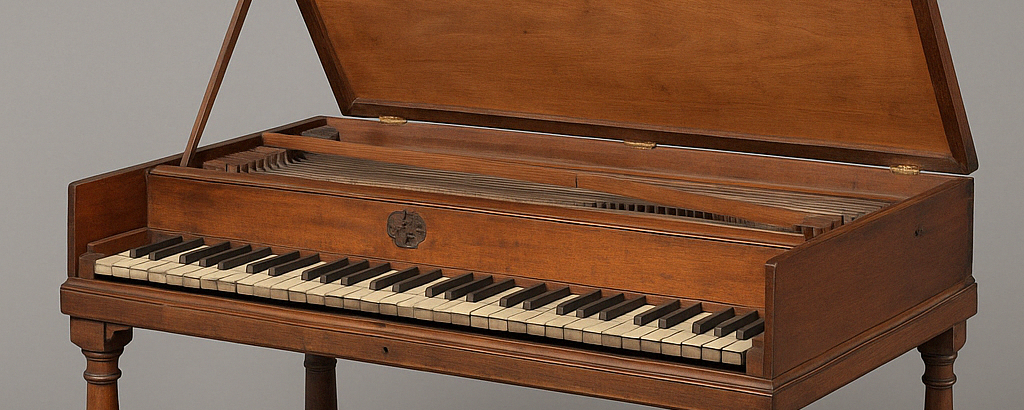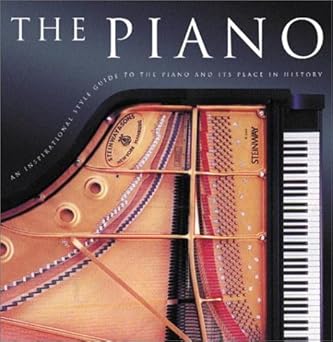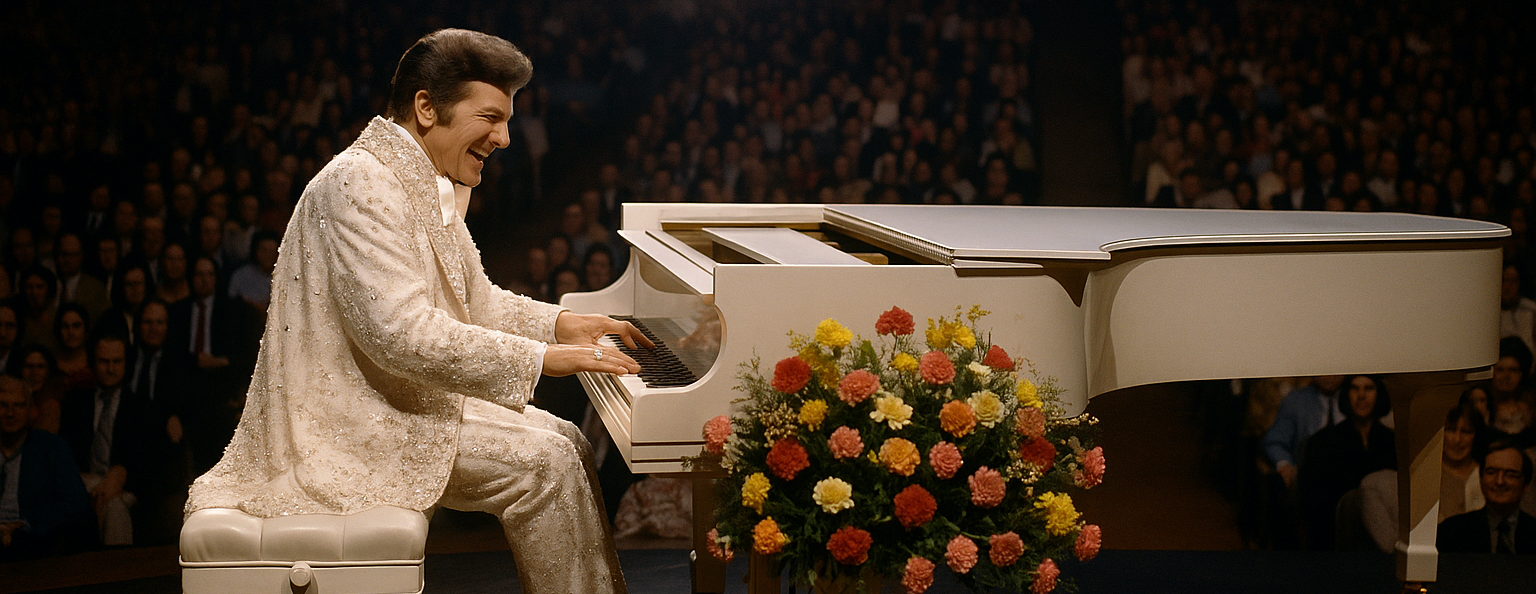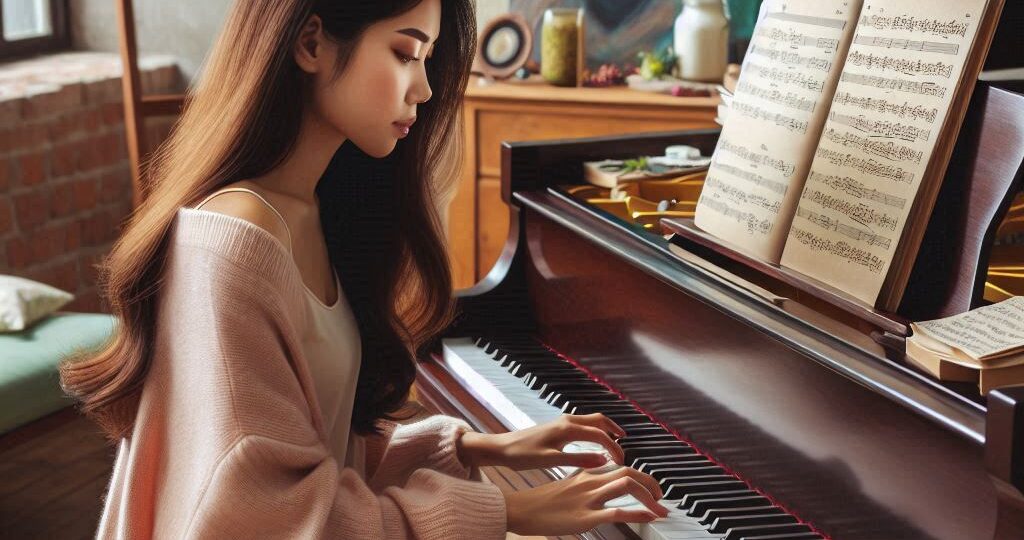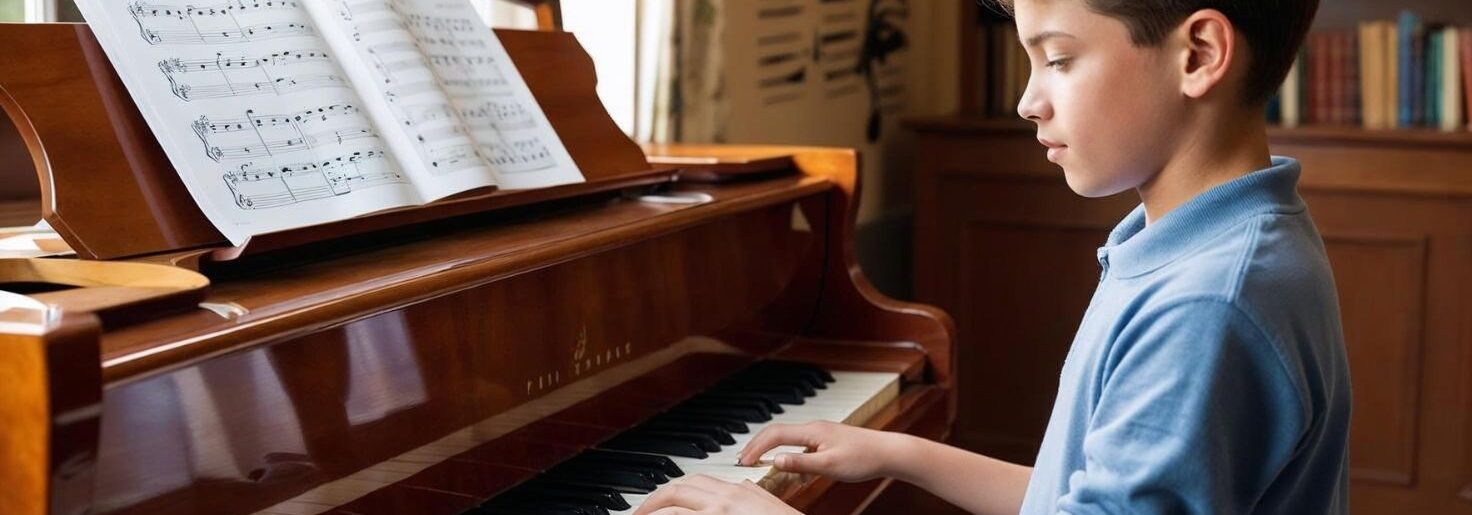Music’s evolution took an exciting turn with the creation of the piano. It really all started with the harpsichord and clavichord, which were great but lacked the power and expression people craved. These instruments paved the way for something more dynamic.
Then came Bartolomeo Cristofori, the genius mind who crafted the first real pianoforte in the early 1700s. Unlike its predecessors, Cristofori’s invention allowed players to control the volume with a touch, thanks to its innovative hammer mechanism.
Early pianos were quite different from what we’re used to today. They were quieter, had a lighter touch, and the strings were made from softer wire. The sound was more delicate compared to the robust tones of modern pianos.
The Industrial Revolution dramatically changed piano manufacturing. The introduction of iron framing increased the strength and tension of the strings, allowing for bigger sounds and more durability. This period of innovation helped transform the piano from an exclusive luxury into a favorite household instrument, setting the stage for more people to enjoy and create music.
The 18th and 19th Centuries: Transformations in Tone and Design
Technological strides in the 18th and 19th centuries left a lasting mark on piano development. The invention of the iron frame revolutionized how pianos were built, as this sturdy core allowed for more string tension. This innovation resulted in powerful, resonant tones that redefined how the instrument was played and heard.

Around this time, the upright piano made its debut, changing the game for piano lovers. Its compact design was a revelation, making it much easier for families to fit a piano into their homes, encouraging more people to learn music.
The craftsmanship in Europe, especially from places like Germany and Austria, was a major influence during this era. These regions became hubs of high-quality piano production, with artisans refining the mechanics and aesthetics of the instrument.
Home entertainment saw a shift, with the piano taking center stage in many households. It wasn’t just about music lessons; the piano became a social centerpiece, fostering creativity and connection. This era really underscored the piano’s role not just as a musical instrument, but as an integral part of cultural life.
The Piano’s Role in Shaping Classical and Popular Music
Throughout history, the piano has been more than just an instrument; it’s been a force that has transformed music across generations. In the classical music sphere, it offered composers a vast range of expressive possibilities. Suddenly, captivating melodies and intricate compositions became accessible to audiences worldwide. Composers like Beethoven and Chopin used the piano’s capabilities to create music that remains awe-inspiring to this day.
As time went on, the piano didn’t stay confined to concert halls. It found its way into the bustling jazz clubs and living rooms of music enthusiasts everywhere. During the early 20th century, the piano became foundational in the rise of ragtime and jazz – providing the perfect setup for lively improvisations and rhythmic innovations. Scott Joplin and Duke Ellington, among others, showcased the piano’s versatility, playing tunes that still get people swinging.
Beyond classical and jazz, the piano has made a cozy home in countless music styles, from rock ‘n’ roll through pop and soul to even hip-hop tracks. This adaptability is what makes it such a beloved instrument. Artists around the world continue to weave it into their music, using its timeless sound to forge cultural connections and tell stories in new and exciting ways.
The cultural integration of the piano is impressive. It has become a symbol of musical aspiration and innovation, allowing diverse influences to blend and create new sounds. Whether in an intimate setting or a grand performance, the piano’s impact is undeniable – shaping not just music, but how we think and feel about it.
The Modern Piano: Blending Tradition with Innovation
Today’s pianos are the best of both worlds, merging classic sounds with cutting-edge tech. Digital pianos are perfect examples, offering the rich sounds of a grand piano but with the convenience and portability music aficionados love. Some even let you plug in headphones, ensuring you can practice without waking the neighbors.
Hybrid pianos are also making waves, combining hammers and real strings with digital elements to enrich their sonic palette. These innovations push creativity, enabling musicians to experiment with new genres and soundscapes that were once beyond reach.
Sustainability’s a hot topic too. Piano makers are getting creative, employing eco-friendly materials and methods. It’s amazing to see how they maintain quality while respecting the planet’s needs. This shift not only supports the Earth but offers peace of mind to environmentally-conscious players.
Globalization has reshaped piano manufacturing, impacting quality and accessibility. Brands old and new are striving to stay competitive, balancing tradition with cost-effective production. Some skeptics worry about quality, but many companies prove you can maintain high standards without sacrificing craftsmanship.
Looking ahead, the future of pianos is bright. Imagine AI-infused instruments that customize to your playing style or offer real-time feedback. Personalized soundscapes might soon become the norm, letting each musician’s unique voice shine even brighter. The piano remains a cornerstone in the ever-evolving landscape of music—powerful, versatile, and forever inspiring.
Take a look at this beautiful piano below. The Napoleon Hat Shape Piano, which is one of the earliest surviving upright pianos, was commissioned by Queen Victoria in 1853, and made in England as a wedding gift for Napoleon III. Made of walnut wood, it’s now housed at the Museum of Musical Instruments in Tokyo, Japan



